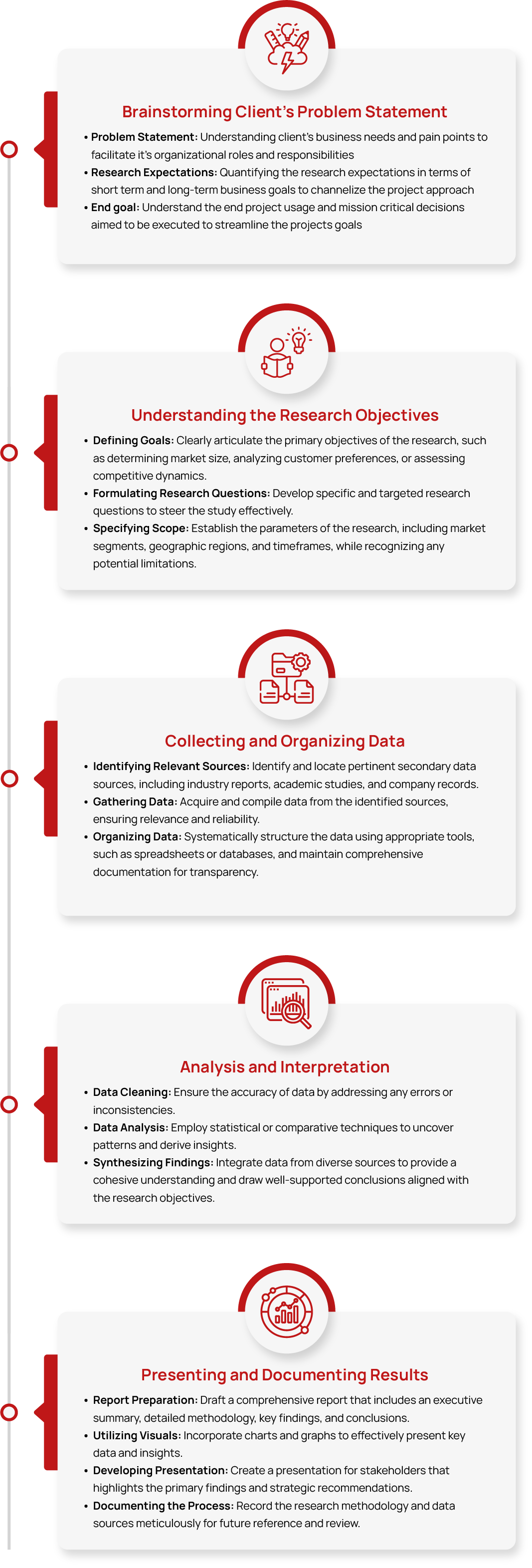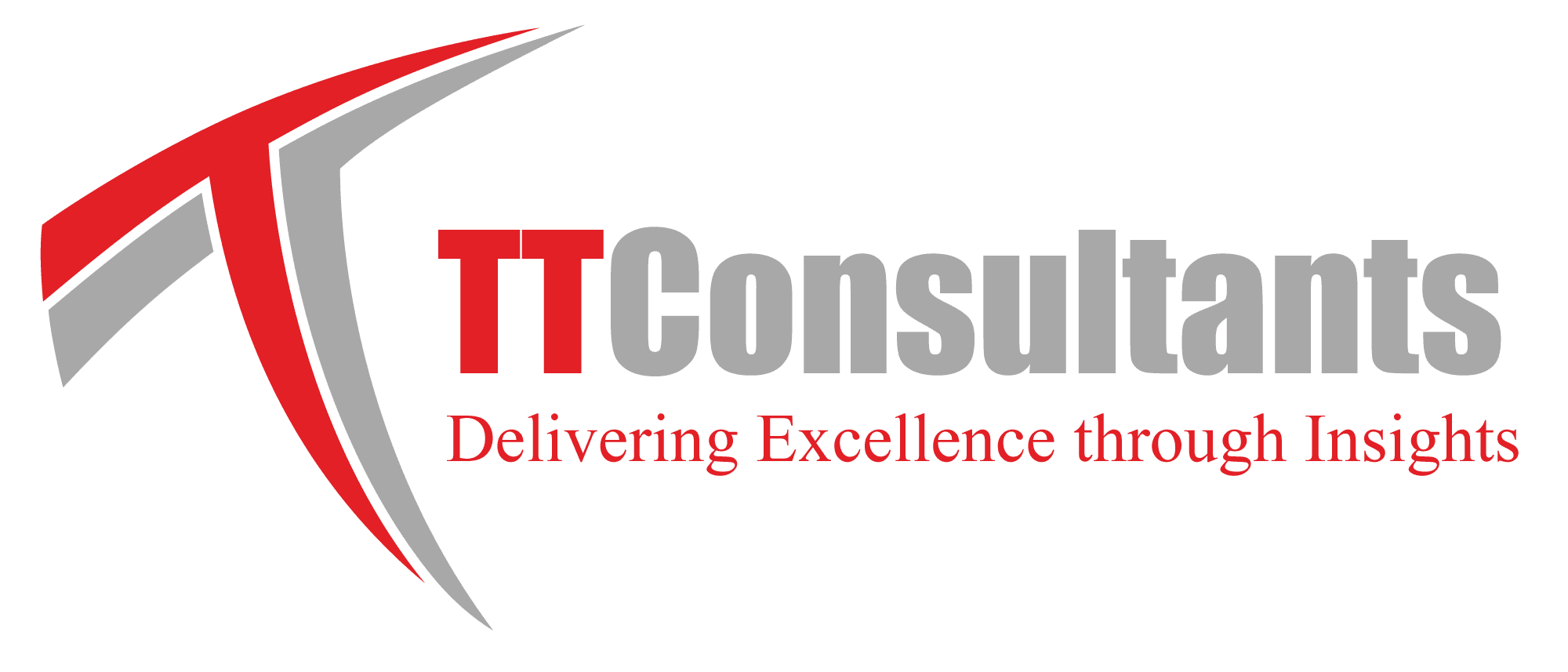Global Pharmaceutical Packaging Market Size, Share, Growth and Trend Analysis Report, 2032
- Summary
- Market Landscape
- Methodology
- Table of Contents
Global Pharmaceutical Packaging Market Size, Share & Growth and Trend Analysis Report, By Material (Plastics, Glass, Metal, Paper & Paperboard), By Product Type (Bottles, Caps & Closures, Pre-fillable Inhalers, Pre-Fillable Syringes, Vials & Ampoules, Blister Packs), By Drug Delivery Mode, By Packaging Type (Primary, Secondary, Tertiary), By Region and Forecasts 2025 – 2032.
Pharmaceutical packaging refers to the process of enclosing and protecting medicinal products for storage, distribution, and use. It ensures product safety, stability, and compliance with regulatory standards while providing essential information to consumers and healthcare professionals. Different types of pharmaceutical packaging, including pharmaceutical primary packaging, are critical in maintaining drug efficacy.
The Global Pharmaceutical Packaging Market was valued at approximately USD XX billion in 2024. It is projected to grow to USD XX billion by 2032, with an estimated compound annual growth rate (CAGR) of around 6% from 2025 to 2032. Growth is fueled by demand from pharmaceutical packaging manufacturers, expansion of clinical trial packaging market, and innovations across pharma packaging companies.
Industry Trends
The pharmaceutical packaging market is evolving with advancements in materials and technology to ensure product safety, compliance, and sustainability. Innovations in smart pharmaceutical product packaging, including RFID tags and QR codes, are enhancing supply chain traceability and patient engagement.
Sustainability is a key driver, with increasing adoption of biodegradable, recyclable, and eco-friendly pharmaceuticals packaging materials to reduce environmental impact. Lightweight packaging for pharmaceutical solutions and minimalistic designs are also gaining traction to optimize costs and improve sustainability.
Regulatory requirements for child-resistant, tamper-evident, and anti-counterfeit medicine package solutions continue to shape the industry, ensuring product integrity and patient safety. Additionally, the rise of biologics and personalized medicine is driving demand for advanced packaging solutions, such as temperature-controlled formats and packaging of drugs like pre-filled syringes.
However, pharmaceutical packaging faces several restraints, including stringent regulatory compliance, high material costs, and the need for specialized drug package formats to ensure drug stability.
Sustainability concerns are pushing the industry toward eco-friendly solutions, but biodegradability and recyclability challenges persist. Counterfeit prevention adds complexity, requiring advanced security features across pharmaceutical packaging manufacturers.
Additionally, supply chain disruptions can impact material availability and costs, particularly in areas like paper cardboard for pharmaceutical packaging market and pharmaceutical blister packaging machine market segments.
Industry Expert's Opinion:
- AVPS Chakravarthi, Chairman and Managing Director (CMD), Ecobliss India
“The pharma packaging landscape is evolving rapidly, driven by advancements in technology and changing regulatory landscapes”
TT Consultants’ Perspective
The pharmaceutical packaging industry is undergoing significant transformation, driven by increasing regulatory requirements, sustainability goals, and advancements in drug delivery technologies.
Companies are investing in eco-friendly, recyclable, and smart packaging solutions to enhance product safety, extend shelf life, and meet evolving consumer expectations. Innovations in barrier materials, active packaging, and digital tracking are improving drug protection and supply chain efficiency, ensuring compliance with stringent industry standards.
As the demand for secure, efficient, and patient-centric packaging grows, key players are expanding their portfolios and forming strategic partnerships to develop next-generation pharmaceutical packaging solutions.
Collaborations between pharmaceutical packaging manufacturers and pharmaceutical firms are accelerating advancements in sustainable and intelligent packaging, ensuring continued growth and innovation in the industry.
Market Segmentation
1. By Material (Plastics, Glass, Metal, Paper & Paperboard)
The pharmaceutical packaging market is segmented across various product categories, with the plastic packaging segment holding the largest market share of XX% in 2024. Its dominance is driven by lightweight properties, durability, and cost-effectiveness, making it ideal for bottles, pharmaceutical blister packaging machine market, vials, and flexible packaging.
Despite sustainability concerns, plastic remains a preferred choice due to its high barrier protection and compatibility with various drug formulations, making it essential in pharmacuetical packaging.
The glass packaging segment is also witnessing growth, primarily due to its superior chemical resistance, making it essential for vials, ampoules blister packaging market, and syringes used in biologics and injectable drugs.
The paper cardboard for pharmaceutical packaging market segment is expanding as pharmaceutical companies seek eco-friendly alternatives, particularly in secondary and tertiary packaging.
The Others category, including biodegradable and smart packaging solutions, is also growing as manufacturers explore advanced materials for enhanced safety, patient adherence, and anti-counterfeiting measures—key focus areas in commercial pharmaceutical packaging services.
2. By Product Type (Bottles, Caps & Closures, Pre-fillable Inhalers, Pre-Fillable Syringes, Vials & Ampoules, Blister Packs)
The pharmaceutical packaging market is segmented across various product types, with the bottles segment holding the largest market share of XX% in 2024. Bottles remain dominant due to their versatility, durability, and ability to store both liquid and solid medications securely. The caps & closures segment is also crucial, ensuring product safety, tamper resistance, and extended shelf life.
Meanwhile, blister packs are witnessing significant growth, particularly in the oral drug segment, due to their unit-dose convenience, enhanced protection, and ease of patient use—driving expansion in the healthcare blister packaging market.
The pre-fillable syringes and inhalers segments are expanding rapidly with a CAGR of XX%, driven by the increasing adoption of biologics, vaccines, and self-administered therapies, which require reliable drug packaging companies.
3. By Drug Delivery Mode (Oral Drug Delivery Packaging, Injectable Packaging, Topical Drug Delivery Packaging, Pulmonary Drug Delivery Packaging, Transdermal Drug Delivery Packaging)
The pharmaceutical packaging market is segmented by drug delivery mode, with oral drug delivery packaging holding the largest market share of XX% in 2024. This dominance is driven by the widespread use of tablets, capsules, and liquid formulations, requiring secure and convenient packaging for pharmaceutical such as blister packs, bottles, and sachets.
Injectable packaging is also witnessing significant growth, fueled by the increasing demand for biologics, vaccines, and biosimilars.
Vials, ampoules, and pre-fillable syringes are essential in this segment to ensure sterility and precise dosing. Topical drug delivery packaging, pulmonary drug delivery packaging, and transdermal drug delivery packaging are also expanding, driven by the rising adoption of dermatological treatments, inhalable therapies, and medicated patches.
This growth is influencing pharmaceutical packaging manufacturers and pharmaceutical packaging companies alike.
Competitive Scenario
The pharmaceutical packaging market is highly competitive, driven by stringent regulations, sustainability concerns, and increasing demand for innovative packaging solutions. Companies are focusing on child-resistant, tamper-evident, and smart packaging technologies to enhance safety and compliance.
Growth in biologics and personalized medicine is pushing demand for advanced packaging materials. Sustainable packaging, including biodegradable and recyclable materials, is becoming a key differentiator. Cost pressures and supply chain disruptions are influencing strategic partnerships and regional expansions. Digitalization and automation are improving efficiency and traceability in packaging production.
The global pharmaceutical packaging market is led by Amcor plc, Becton, Dickinson, and Company, AptarGroup, Inc., and Gerresheimer AG, which dominate the industry with diverse product offerings across drug delivery, sterile packaging, and medical devices. Schott AG and Owens Illinois, Inc. hold strong positions in the glass packaging segment, while West Pharmaceutical Services, Inc., Berry Global, Inc., and Drug Plastics Group focus on innovative plastic packaging solutions to meet evolving regulatory, and sustainability demands.
As the market evolves, companies are investing in sustainable and smart packaging solutions, advanced barrier materials, and strategic partnerships to enhance their product portfolios. With increasing regulatory scrutiny and the shift toward eco-friendly packaging, leading firms are leveraging R&D, mergers, and acquisitions to stay competitive and drive the next wave of safe, efficient, and sustainable pharmaceutical packaging solutions.
Recent Developments and Strategic Activities:
- In January 2025, DS Smith, an international fibre-based packaging solutions company, has launched Tailor Temp, a new temperature-controlled packaging solution, for the pharmaceutical industry.
- In February 2024, the rise of personalized medicine is transforming treatments, requiring pharmaceutical packaging to adapt to smaller production batches and shorter lead times. Companies like MM Packaging are providing innovative solutions such as ComboPack and PiggyBack® to streamline operations.
- In November 2023, Amcor Plc, a globally recognized leader in environmentally conscious packaging solutions, announced a Memorandum of Understanding (MOU) with NOVA Chemicals Corporation, a key producer of sustainable polyethylene. Under this agreement, Amcor will source mechanically recycled polyethylene resin (rPE) from NOVA Chemicals to manufacture flexible packaging films. This initiative supports Amcor’s commitment to packaging circularity by enhancing the use of rPE in flexible packaging applications.
- In July 2023, Constantia Flexibles launched REGULA CIRC, a new pharmaceutical packaging solution featuring coldform foil. This innovation replaces traditional PVC with a PE sealing layer, reducing plastic content while increasing the proportion of aluminium. This enhancement not only boosts the sustainability of the packaging but also improves material recovery during recycling.
- In April 2023, Sudpack launched PharmaGuard blister, a polypropylene-based blister packaging solution. This innovative product provides an exceptional water vapor barrier while also offering effective resistance against UV and oxygen.

Please fill out the form to request the ToC and gain access to detailed insights in the report.
Request Table of Contents







